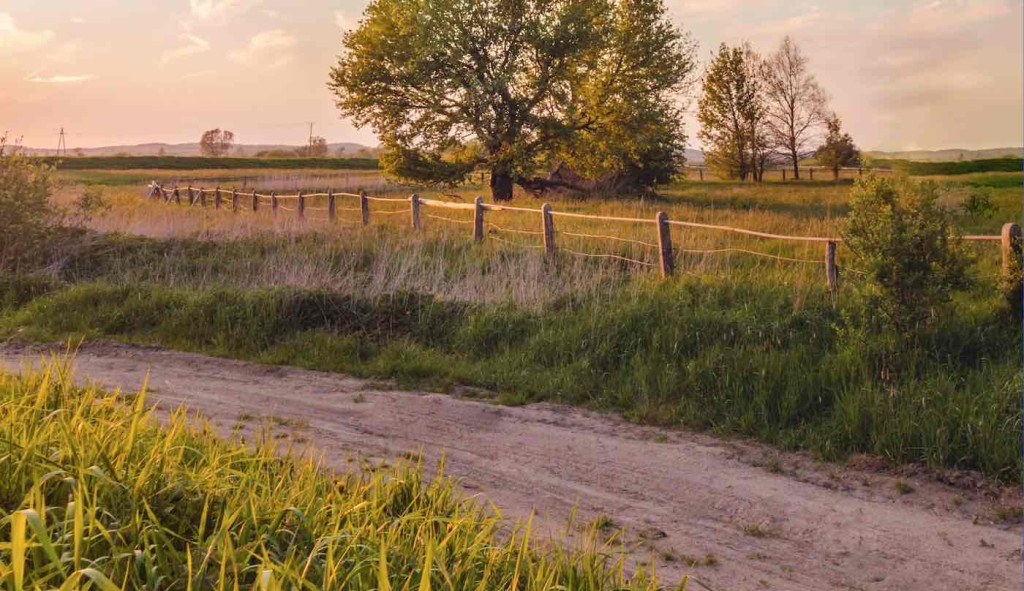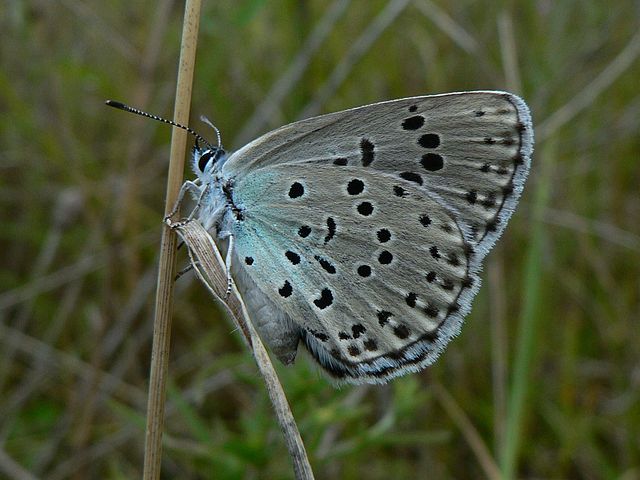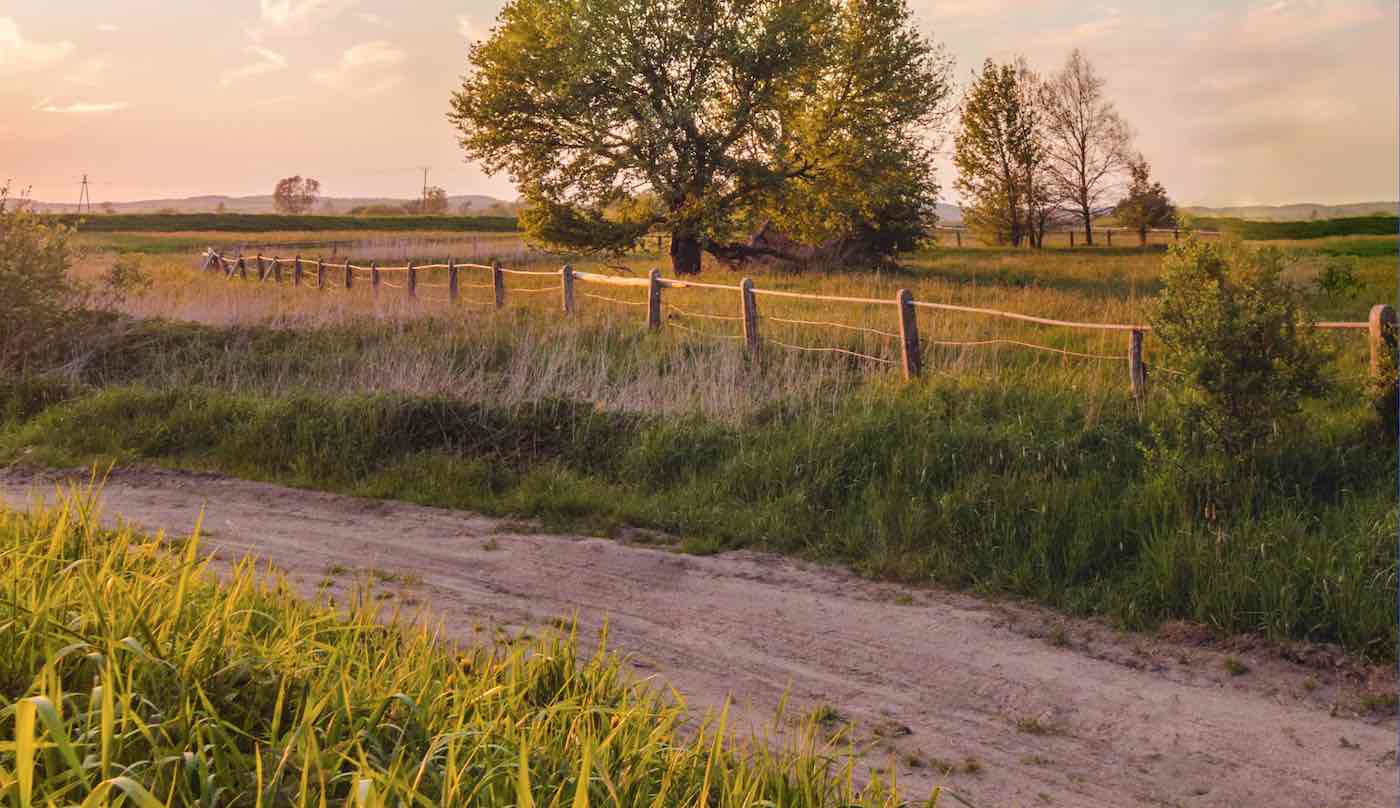
Contrary to what some people will say, nature-friendly methods of farming can significantly increase biodiversity without damaging food production, a long-term research project has found.
In the post-Brexit era, the Johnson government in England had focused a lot of its farming and nature policies on creating a situation where farmers and landowners would be rewarded for increasing biodiversity by returning some land to wilder states.
Now, after a massive study, it’s been shown that giving some land on the farm back to nature does not decrease the amount of food produced—and provides huge benefits to nature.
Scientists from the UK Centre for Ecology & Hydrology (UKCEH) spent a decade monitoring the impacts of the large-scale government-funded experiment at Hillesden, a 2,400 acre (1,000-hectare) commercial farm in Buckinghamshire.
Beginning in 2005, researchers created several wildlife habitats, including seed-bearing plants for birds, wildflowers for pollinators, and tussocky grass margins to support a range of birds, insects, and small mammals.
The experiment assessed the effectiveness of these agri-environmental measures in reducing biodiversity losses caused by the intensification of UK farming practices since WWII—including declines in species that are essential for agricultural production such as pollinators and predators of crop pests.
In the longest-running monitoring study of its kind, researchers found numbers of the majority of species did better at Hillesden than in other comparable farmed landscapes without agri-environment measures over the same timeframes.
More Pollinators and Birds
There were increases of a third across populations of all bird species between 2006 and 2016, compared to an average of just under 13% at other monitored sites, and 40% among all butterflies between 2009-2017, compared to 21% elsewhere.
CHECK OUT: Startup Finds Investors to Put Their Money into Rewilding the Land
A previous UKCEH study of six years found overall yields at Hillesden were maintained—even enhanced for some crops—despite the loss of agricultural land for habitat creation.
Butterflies that did particularly well at Hillesden over the period studied included the gatekeeper, which feeds on grasses and the green-veined white, which feeds on wildflowers in field margins. The numbers of both species doubled over the period studied.

Numbers of insect-eating birds like the great tit and blue tit rose around 80% on average.
Populations of 12 bird species and nine butterfly species rose significantly.
“Investigating changes in populations over a significant period of time, and comparing these with other sites, means we can be confident that agri-environment options can bring long-term term benefits for bird and butterfly populations,” said Dr. John Redhead of UKCEH, lead author of the new research paper.
“Hillesden is a typical, large arable farm with conventional agricultural practices, in an ordinary landscape with no large patches of natural habitat. Therefore, it is likely that the results of our long-term study indicate what can be achieved on other commercial farms with good planning, implementation and management of agri-environment measures.”
There are always parts of a farm that are less productive, or more prone to pests or flooding. The areas of land taken out of food production for the experiment at Hillesden were chosen because they were unprofitable or difficult to farm.
The new habitats also encouraged natural pest control, thereby boosting crop yield in those parts of the farm. Jake Fiennes, the head of conservation at the Holkham estate in Norfolk, explained why to the Guardian.
“Take a field. If on the southern edge of that field you have a woodland, invariably the first 15 to 20 meters of that edge won’t produce the average yield, it’ll produce anything up to 50% of average,” Fiennes said. “But when you have all the species that would benefit from that edge of woodland, it’s a no-brainer to give it to nature.”
CULTIVATE Some Good News On Social Media With This Story…




















